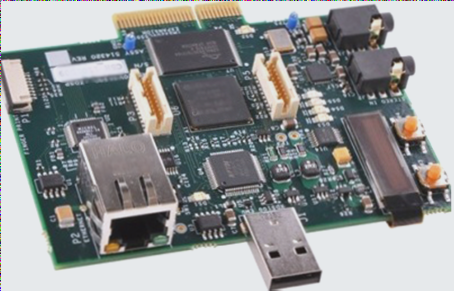Essential Steps for PCB Design Inspection
- DFM review of the PCB: Ensure design meets manufacturing process requirements.
- Verify component and pad alignment to avoid discrepancies.
- Generate three-dimensional models to assess component layout and heat dissipation.

Optimizing PCBA Production Line
Optimize placement sequence and material station locations for efficient production.
Improving Work Efficiency
- Automatically generate work instructions for production line workers.
- Revise inspection rules to enhance quality control.
- Support various placement software for streamlined operations.
Additional Enhancements
- Automate steel plate optimization graphics and AOI/X-RAY programs.
- Generate detailed inspection reports for thorough analysis.
- Support multiple software formats for flexibility.
Manufacturing Double-Sided PCBs
The process involves blanking copper-clad laminate, CNC drilling, through-hole inspection, plating, and more.
Advancements in PCB Technology
Double-sided PCBs are now essential for advanced electronics, offering enhanced performance and versatility.
PCB Manufacturing Process Steps:
- Full-board electroplating of thin copper
- Inspection and cleaning
- Screen printing negative circuit patterns
- Curing with dry or wet film, exposure, and development
- Circuit pattern inspection and repair
- Electroplating tin, anticorrosive nickel, or gold
- Removal of photosensitive film and printing material
- Etching copper and removing tin
- Cleaning and applying thermal curing green oil
- Screen printing solder mask pattern and curing
- Cleaning, drying, screen printing mark character graphics
- Curing, spray tin or applying organic solder mask
- Shaping, cleaning, drying, electrical switch testing, packaging inspection, and finished product delivery
More complex multi-layer PCBs may involve additional processes. These steps encompass PCB manufacturing, component procurement, SMT patching, assembly, and testing.
Latest Update: The PCB industry is continuously evolving, with advancements in materials and technologies. New trends include the use of flexible and rigid-flex PCBs, high-speed digital designs, and increased demand for miniaturization in electronic devices.
